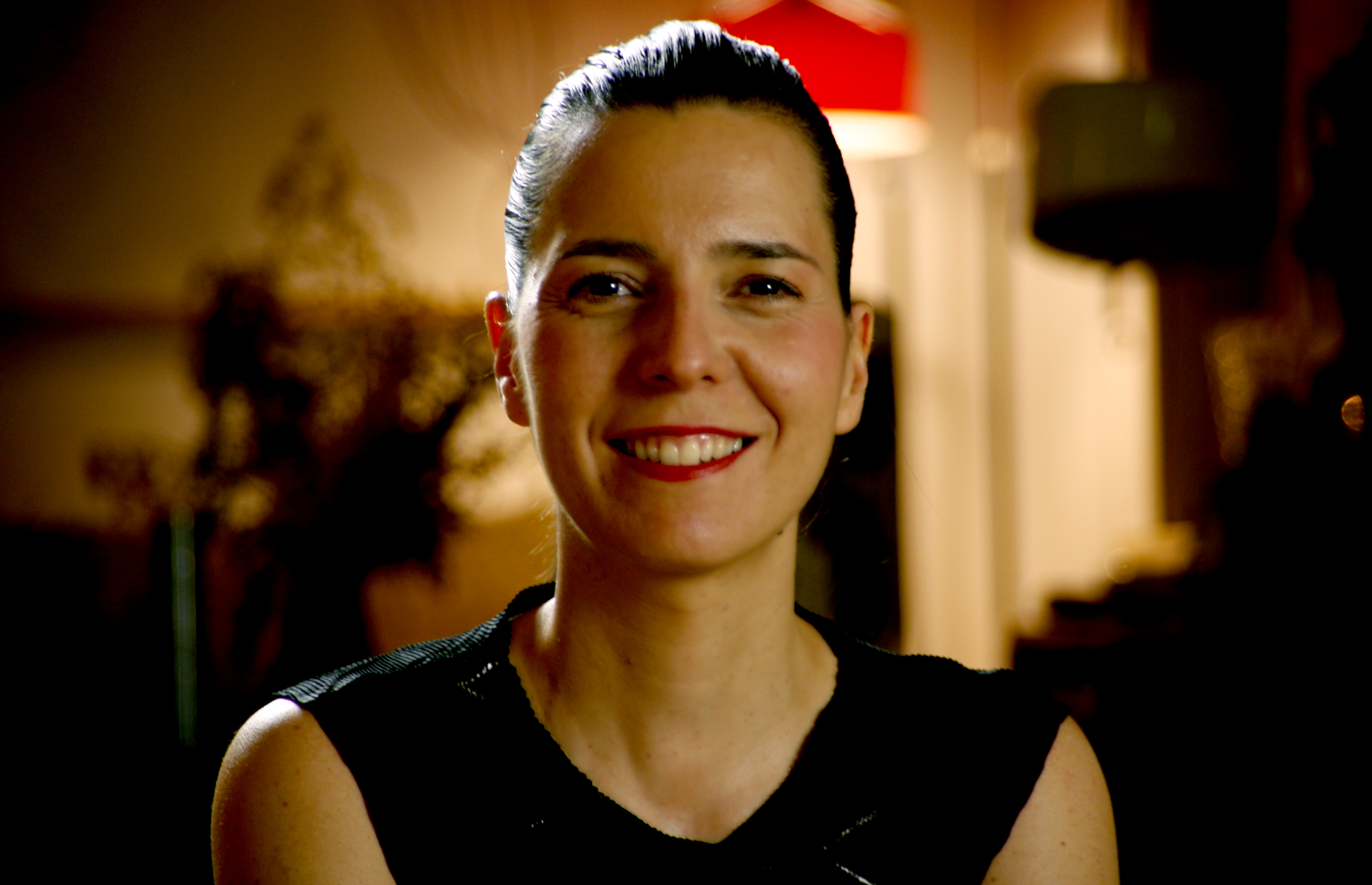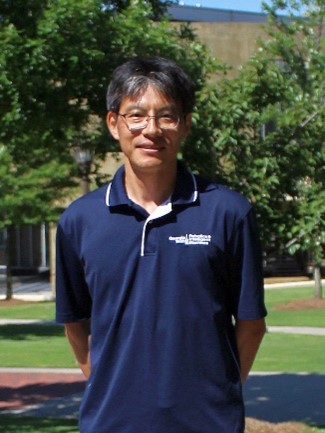
Workshop Teaser
Live Session
Recorded Talks
Offline Session: Recorded Talks
Outline and Objectives
Robots have found their way into logistics and manufacturing processes. Their main task is to assist in supply chain management activities (e.g., packing, picking, palletization). They play a crucial role in improving performance and profitability of the automated processes, as well as workers' well-being by
- Reducing human-sourced errors and production costs
- Enhancing workforce adaptability and flexibility
- improving workers' ergonomics and safety by taking over dangerous/tedious jobs.
Industrial robots are designed to carry out operations fast, repeatedly, and accurately. They are commonly fixed to a specific location to carry out pick-and-place tasks or manipulate objects on the assembly line. However, for several industrial applications, static robotic manipulators are not efficient. In particular, for large part manufacturing applications or large warehouses. In such environments, the use of mobile platforms is desirable. Some of the most interesting dynamical systems are those embedded with agile mobility. These robots are called floating-base robots, and their industry-suitable types are humanoids and mobile manipulators.
Floating-base manipulators represent the short-term future core technology in factories and are aimed to achieve sophisticated, high-performance industrial processes allowing flexibility and reliability. These robots offer substantial benefits for many industrial applications due to enhanced dynamic and interaction skills. They are less specialized systems than fixed-based robots, providing several opportunities in terms of versatility and adaptability. However, this also implies that new issues not presented in traditional industrial robotics have to be faced. Some of the most relevant ones include a high level of complexity due to kinematic redundancy, working in unstructured environments, coexistence/cooperation with human workers, and lack of systematic industrial design of human-robot interaction interfaces. Overall, numerous challenges regarding such wide-opened topics as whole-body control, underactuated systems, motion planning, physical robot interaction, or human-robot collaboration, among others, have to be determined.
In this respect, the correct definition of the opportunities involved in implementing these platforms is key to attracting the industrial sector's interest. Likewise, it is imperative to determine the challenges that must be faced in order to make the use of floating base robots in real industrial applications a reality.
This workshop will address the application of floating-base robots in manufacturing and logistics environments. In particular, the workshop will focus on setting up the challenges and opportunities on this topic according to the following questions:
- What are the main issues and challenges regarding the application of floating-base robots to manufacturing and logistics operations?
- How should these challenges be tackled?
- What benefits would the solution to these challenges bring to society and the manufacturing and logistics processes?
Consequently, this workshop aims to provide a platform for top researchers from the robotics and industrial communities to share their work and inspire cross-discipline collaboration, motivating the application of more integrated research approaches to apply floating-base robots in manufacturing and logistics.
Invited Speakers
Dr. Abderrahmane Kheddar
CNRS-University of Montpellier LIRMM, France
Email: kheddar@lirmm.fr
Humanoid robotics in manufacturing and services [video]
Humanoid robots (humanoids) are gaining more maturity in terms of hardware and embedded software intelligence. Each year we witness substantial improvement of an existing series and the revelation of new platforms. So far, humanoids' developments have been confined to research, and there is still much to do in several specific aspects in order to engage into an innovation pathway toward full industrial products. The first revealed applications and business cases of humanoid robots are oriented toward entertainments and disaster operations. In previous years, we focused our efforts on applications of humanoids in manufacturing and domotic assistance for frail persons.
Prof. Concepción A. Monje
University Carlos III, Spain
Email: cmonje@ing.uc3m.es
Fractional Order Control of Soft Robotic Links [video]
In this talk, a soft robotic link will be presented for different applications such as robotic neck and arm. The design, model, and control of the soft link will be presented and discussed, showing simulation and experimental results.
Prof. Dongheui Lee
Technische Universität Wien (TU Wien), Austria, and German Aerospace Center (DLR), Germany
Email: dhlee@tum.de
Collaborative Robot Programming for Manufacturing [video]
This talk explains how robot programming can enhance robot programming for manufacturing applications. The current trend of collaborative robot programming is changing from intuitive interfaces (i.e., touchpad) to direct teaching (i.e., Program by Demonstrations), improved by the use of Learning from Demonstration. The talk tackles the problems of robot learning by kinesthetic teaching, multiple tasks, conditional tasks, and continual learning, aiming to answer the question: "how does robot learning enhance robot programming?"
Dr. Johannes Englsberger
University Carlos III, Spain
Email: johannes.englsberger@dlr.de
Who would dare to work side by side with a potentially exploding robot? [video]
To the best of the speaker’s knowledge, state-of-the-art floating-base whole-body controllers (WBC) are either based on heuristics (lacking any stability guarantees), or they are highly dependent on correct contact assumptions. The latter, purely model-based and “cleaner” family of controllers tends to become unstable (the robot basically “explodes”) when contacts are lost (e.g. when the robot is lifted without knowing, stepping into a hole, slipping heavily, etc.). In his talk, Johannes will give a brief overview of the state of the art in floating-base robot WBC, specifically with regard to its “contact-robustness”, share some insights into his group’s recent developments and give a sneak preview (including key challenges) about his envisioned ever-robust WBC framework.
Prof. Jun Ueda and Michael LiBretto
Georgia Institute of Technology, USA
Email: jun.ueda@me.gatech.edu>
Email: michael.libretto@gatech.edu
Posture-dependent Robust Stabilization of Flexible-Base Manipulators [video]
The work shown in this presentation introduces an analytical illustration of the normalized coprime factor (NCF) stability margin, common in H∞control, as applied to flexible-base manipulators. This metric can be used to describe the stability of such robots for a particular posture without necessitating the design of an exact controller. This enables the use of simple task-space feedback control without explicitly modeling the flexibility of the robot’s base. Two proofs are included: the first being the definition of the NCF stability margin for the class of all rigid(double-integrator) systems, and the second presenting a special case wherein the rigid and flexible modes are simultaneously diagonalizable. Lastly, numerical examples are presented that illustrate the efficacy of using the NCF stability margin to determine the stability of a flexible-base robotic system.
Organizers

Juan M. Gandarias
is a postdoctoral researcher at the Human-Robot Interfaces and Physical Interaction at Istituto Italiano di Tecnologia (IIT). He received the B.S., M.S., and the PhD in Mechatronics from the University of Malaga in 2015, 2017, and 2020, respectively. He is currently involved in the Horizon-2020 project SOPHIA and ERC project Ergo-Lean. He has contributed to several Spanish and European projects related to search-and-rescue, physical robotic assistance, and Human-Robot Collaboration in Industrial environments. He has been served as a reviewer for high-impact journals and conferences such as IEEE RAM, RA-L, ICRA, IROS, ToH, etc. His research interests include HRC, human modeling, and haptic perception.
Email: juan.gandarias@iit.it
Active Supernumerary Bodies for Physical Robotic Assistance in Industrial Operations [video]
This talk describes a new collaborative robotic system that subsumes the advantages of mobile manipulators and supernumerary limbs. By exploiting the reconfiguration potential of collaborative mobile manipulators, this talk proposes a new collaborative robotic system that can be physically coupled to the human counterpart a supernumerary body. Through an admittance interface, the user can locally operate the supernumerary robotic body and send different commands to the controller when performing conjoined actions. Different interfaces, controllers, and applications are described. The proposed technology has a high potential for industrial tasks in terms of effort reduction, flexibility, and reconfigurability.
Arash Ajoudani
is a tenured senior scientist at the Italian Institute of Technology (IIT), where he leads the Human-Robot Interfaces and physical Interaction (HRI²) laboratory. He received his PhD degree in Robotics and Automation from University of Pisa and IIT in 2014. He is a recipient of the European Research Council (ERC) starting grant 2019, the coordinator of the Horizon-2020 project SOPHIA, and the co-coordinator of the Horizon-2020 project CONCERT. He is a recipient of the IEEE Robotics and Automation Society (RAS) Early Career Award 2021, and winner of the Amazon Research Awards 2019, of the Solution Award 2019 (MECSPE2019), of the KUKA Innovation Award 2018, of the WeRob best poster award 2018, and of the best student paper award at ROBIO 2013. His PhD thesis was a finalist for the Georges Giralt PhD award 2015 - best European PhD thesis in robotics. He was also a finalist for the Solution Award 2020 (MECSPE2020), the best conference paper award at Humanoids 2018, for the best interactive paper award at Humanoids 2016, for the best oral presentation award at Automatica (SIDRA) 2014, and for the best manipulation paper award at ICRA 2012. He is the author of the book "Transferring Human Impedance Regulation Skills to Robots" in the Springer Tracts in Advanced Robotics (STAR), and several publications in journals, international conferences, and book chapters. He is currently serving as the executive manager of the IEEE-RAS Young Reviewers' Program (YRP), and as chair and representative of the IEEE-RAS Young Professionals Committee. He has been serving as a member of scientific advisory committee and as an associate editor for several international journals and conferences such as IEEE RAL, ICRA, IROS, ICORR, etc. His main research interests are in physical human-robot interaction, mobile manipulation, robust and adaptive control, assistive robotics, and tele-robotics.
Email: arash.ajoudani@iit.it
Jesús M. Gómez-de-Gabriel
received PhD in computing engineering from the University of Málaga, Málaga, Spain, in 1999. Currently, Associate Professor with the Department of Systems Engineering and Automation, University of Málaga, SPAIN. His research started in mobile robotics, teleoperation, and surgical robotics. He worked in rescue robotics projects and led physical human-robot interaction projects. Has participated in automation projects with the industry and is author of more than a dozen patents related to medical robotics and robot end effectors. His current research interests include physical Human-Robot Interaction, mechatronics, and mobile robotics.
Email: jesus.gomez@uma.es
Floating Platforms and pHRI. End Effector Considerations [video]
This work proposes different solutions to improving the floating base platforms that have to interact with humans. The contributions are based on new end-effector designs for grasping and manipulating human limbs. In particular, methods for the improvement of the interaction safety, based on the estimation of positions of the human with respect to underactuated grippers from proprioceptive information, have been referenced. With the same purpose, a modified design of the gripper and a method is presented to estimate both grasping and interaction forces. Finally, design optimization is suggested based on reducing the number of arms in the floating base platforms by using in-hand manipulation techniques and presenting a pHRI hand with active surfaces.
Jaeheung Park, Seoul National University
is a Professor in the Department of Intelligence and Information at Seoul National University, South Korea, since 2009. Prior to joining Seoul National University, he shortly worked at Hansen Medical Inc, a medical robotics company. He received the Ph.D. degree from Stanford University, and the B.S. and M.S. degrees from Seoul National University. His research group is currently conducting many national projects on the topics of humanoid robots, rehabilitation/medical robots, and autonomous vehicles. He was a team leader of TEAM SNU for DRC Finals 2015 (DARPA Robotics Challenge Finals), which was a robotics competition for disaster response. In 2016, His team won the award given by Minister of Science, ICT, and Future Planning, at Challenge Parade that was held by the Korean Government. He has participated in organizing many international robotics conferences such as IROS, HUMANOIDS, and HRI. He has also served as a Conference Editorial Board or as an Associate Editor for many international conferences. He currently serves as a co-chair of the RAS Technical Committee on Whole-body Control.
Email: park73@snu.ac.kr
Difficulties in Assembly Task for Floating-base Robots [video]
The use of floating-base can provide a large workspace for assembly tasks, especially for moving objects and manipulating large objects. However, there are inherently difficult problems in assembly tasks, such as uncertainties in modeling and sensing, and motion planning for the task. In this talk, I would like to introduce our recent project about assembling a chair with multiple manipulators, and share the difficulties in tasks assembling a chair. Then, the expected advantages and challenges are briefly discussed when the manipulators with floating-base are used for the assembly tasks.
Sponsorship
This workshop is supported by the European Union’s Horizon 2020 research and innovation program under grant agreement No. 871237 (SOPHIA), and from the European Research Council program under grant agreement No. 850932 (Ergo-Lean).








